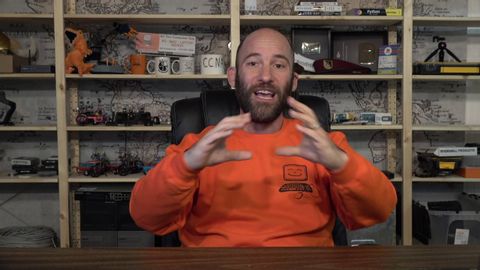CSS和HTML 5 - 懸停格式化 (CSS and HTML 5 - Hover Formatting)
 沒有此條件下的單字
沒有此條件下的單字US /pɚˈspɛktɪv/
・
UK /pə'spektɪv/
- n. (c./u.)透視;觀點,態度;觀點;恰當的比重
US /ɛnˈtaɪr/
・
UK /ɪn'taɪə(r)/
- adj.全體的 ; 完全的;未分割的;全緣的 (植物學)
US /ɪˈsenʃəli/
・
UK /ɪˈsenʃəli/
- adv.本質上 ; 本來 ; 實質上;本質上;實際上
US /ɪnˈkrɛdəblɪ/
・
UK /ɪnˈkredəbli/
- adv.令人難以置信的是;難以置信地;非常地;令人難以置信地

